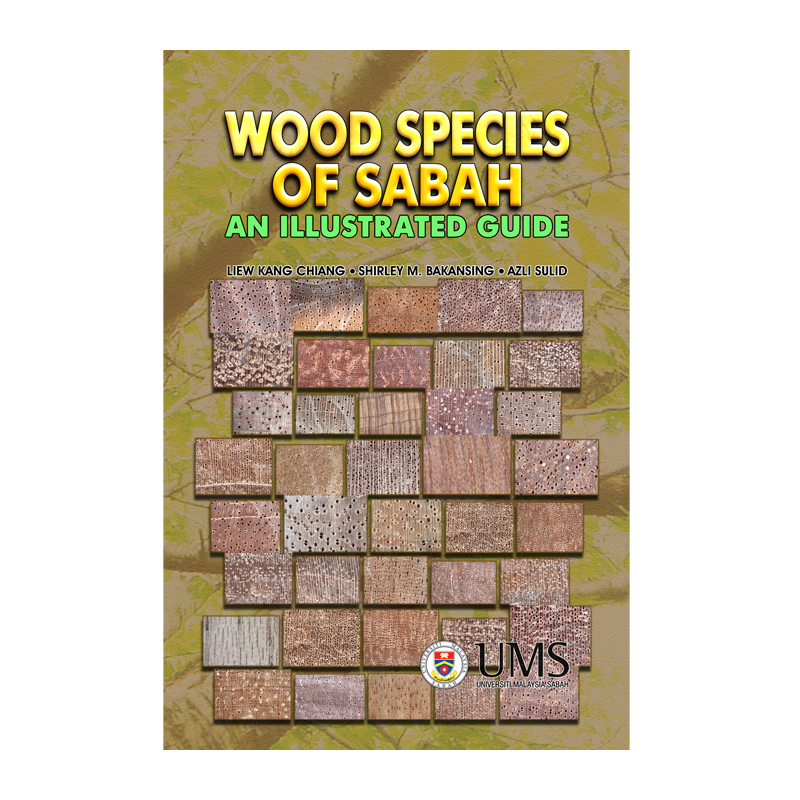



Author: Liew Kang Chiang, Shirley M. Bakansing, Azli Sulid
Year Published: 2015
ISBN: 978-967-0521-48-0
This illustrated guide book on the wood species of Sabah is suitable for students, lecturers and even researchers, who wish to learn, teach and conduct experiments or research works respectively.
This illustrated guide book on the wood species of Sabah is suitable for students, lecturers and even researchers, who wish to learn, teach and conduct experiments or research works respectively. The guide also introduces the microscopic and macroscopic characteristics of different woods for wood identification.
The colourful cross-sections, radial sections and tangential sections make it easier for the users of the guide to identify different species of wood better. The book too briefly introduces the microscopic characteristics (anatomical descriptions); the growth rings, vessel elements and parenchyma cells, tyloses, deposit, ripple mark and intercellular cells, while the macroscopic wood descriptions cover the colour, texture and grain. Integrated together is a step-by-step procedure of preparing and viewing the cross-sections, radial sections and tangential sections.
A total of 83 types of wood from Sabah, Malaysia were included into this guide from the high densities to the low densities.
Concise Notes on Common Procedures in Anaesthesia is easy to read, and more importantly easy...
Join Olumis and Osundu on an exciting journey into the fascinating world of biotechnology! In...
Penukaran sisa organik kepada kompos/baja organik adalah kaedah pemprosesan sisa yang mapan....
This book is a comprehensive information with basic knowledge about different aspects...